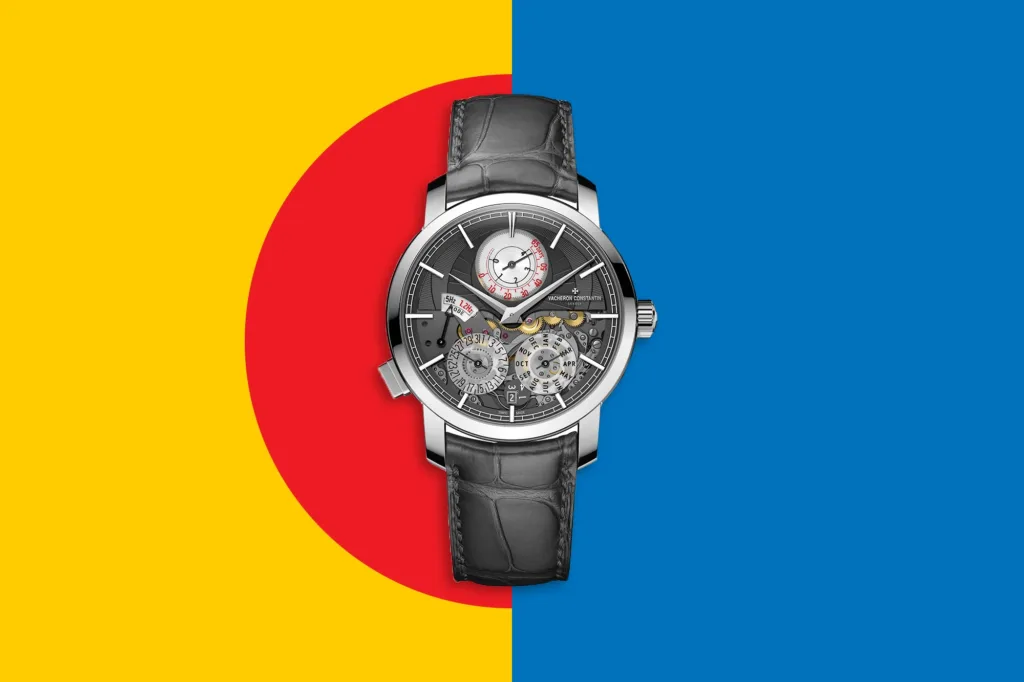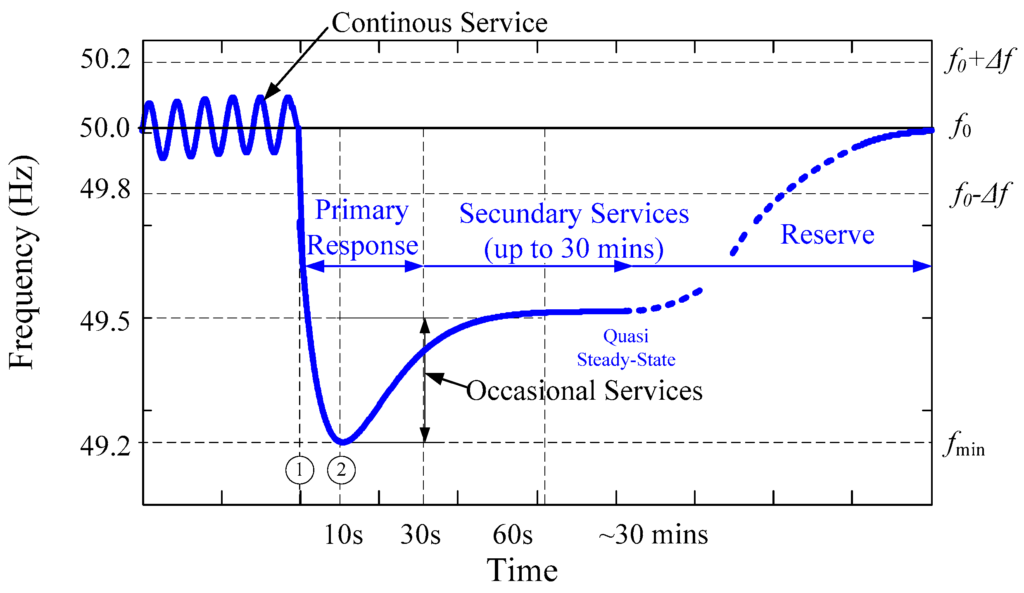In the world of physics, frequency is an essential concept that allows us to understand the behavior of waves and vibrations. Frequency is measured in hertz (Hz), which is defined as the number of cycles or vibrations per second. One hertz is equivalent to one cycle per second, and it is an SI derived unit whose expression in terms of SI base units is s−1, meaning that one hertz is the reciprocal of one second.
When working with frequencies, it is often necessary to convert them into time intervals, which are measured in seconds. The process of converting hertz to seconds is quie simple. To calculate the time interval (in seconds) of a frequency in hertz, all you need to do is divide 1 by the frequency. For example, if the frequency is 10 Hz, the time interval would be 1/10 = 0.1 seconds.
It is important to note that the concept of frequency and time interval are closely related. In fact, they are inverse of each other. This means that as the frequency increases, the time interval decreases, and vice versa. For instance, a frequency of 100 Hz would have a time interval of 1/100 = 0.01 seconds, which is shorter than the time interval for a frequency of 10 Hz.
One practical application of hertz to seconds conversion is in the field of audio engineering. In audio engineering, frequencies are used to describe the pitch of sounds. For instance, a middle C note on a piano has a frequency of approximately 261.63 Hz. By converting this frequency to seconds, we can determine the length of time required for the middle C note to complete one cycle or vibration. This time interval is crucial in audio engineering, as it helps to ensure that different sounds and notes are synchronized properly.
The conversion of hertz to seconds is a simple but essential concept in physics and engineering. By dividing 1 by the frequency, we can determine the time interval required for one cycle or vibration to occur. This concept is particularly useful in audio engineering, where it helps to ensure that different sounds and notes are synchronized properly.
Converting Hertz to Seconds
When working with frequencies, it may be ncessary to convert the frequency from hertz to seconds. This conversion can be accomplished by dividing 1 by the frequency in hertz. The resulting value will be the time interval in seconds for the given frequency.
To illustrate, let’s consider an example. Suppose we have a frequency of 10 Hz. To convert this frequency to seconds, we would divide 1 by 10, which gives us a time interval of 0.1 seconds. This means that the cycle of the waveform repeats every 0.1 seconds.
It’s important to note that this conversion only works for frequencies expressed in hertz. If the frequency is expressed in a different unit, such as radians per second or cycles per minute, a different conversion factor will be required.
To convert a frequency in hertz to seconds, simply divide 1 by the frequency. This will give you the time interval in seconds for the given frequency, allowing you to accurately measure and analyze the waveform.

What Is the Relationship Between Hertz and Seconds?
1 Hz is a unit of frequency that is equivalent to one event or cycle per second. In other words, 1 Hz represents the number of times a periodic event occurs withn one second. The hertz (Hz) is an SI derived unit, which means that it is derived from the seven base units of the International System of Units (SI). Specifically, the hertz is expressed in terms of the SI base units as s^-1, which denotes the reciprocal of one second. Therefore, 1 Hz can be defined as the frequency of an event that occurs once per second. It is important to note that the hertz is commonly used to measure the frequency of various phenomena, including electromagnetic waves, sound waves, and mechanical vibrations.
How Many Seconds Are in 1 Hertz?
Hertz is a unit of measurement used to descrbe the frequency of a wave or vibration. It is defined as the number of cycles or vibrations per second. Therefore, if the frequency is 1 Hertz, it means that the object is vibrating once every second.
To answer the question directly, there are 1 second in 1 Hertz. This means that the object completes one cycle or vibration every second.
It is important to note that Hertz is used to measure various forms of waves and vibrations, including sound waves, electromagnetic waves, and radio waves. In all cases, the unit represents the frequency of the wave or vibration in cycles or vibrations per second.
To summarize, 1 Hertz represents one vibration or cycle per second, so there are 1 second in 1 Hertz.
What Is the Duration of 1 Hertz?
One hertz (Hz) is a unit used to measure the frequency of a periodic phenomenon, such as a sound wave or an electromagnetic wave. Specifically, one hertz is defined as one cycle per second. In other words, if a wave completes one full cycle in one second, its frequency is one hertz.
To give you an idea of how fast or slow one hertz is, conider the following examples:
– The frequency of a typical electrical outlet in the United States is 60 hertz. This means that the alternating current that powers your devices switches direction 60 times per second.
– The human brain generates electrical signals that oscillate at various frequencies. The alpha waves, which are associated with a relaxed state of mind, have a frequency of around 8 to 12 hertz.
– The lowest note on a standard piano has a frequency of about 27.5 hertz, while the highest note has a frequency of around 4,186 hertz.
It’s worth noting that hertz is not a measure of time, but rather a measure of frequency. However, you can use hertz to calculate the duration of a wave cycle if you know the frequency. For example, if a wave has a frequency of 10 hertz, one cycle would last 0.1 seconds (or 100 milliseconds).
One hertz represents one cycle per second and is used to measure the frequency of periodic phenomena such as waves and vibrations.

Conclusion
Converting hertz to seconds is a simple process that involves dividing 1 by the frequency in hertz. This calculation gives us the time interval (in seconds) of one complete cycle of the frequency. The hertz unit is commonly used to describe the frequency of varous phenomena, including sound waves, electromagnetic radiation, and electronic signals. Understanding how to convert hertz to seconds is essential in many fields, such as physics, engineering, and telecommunications. By mastering this conversion, we can better analyze and interpret various types of data and measurements. In essence, the relationship between hertz and seconds is fundamental to our understanding of the world around us.
